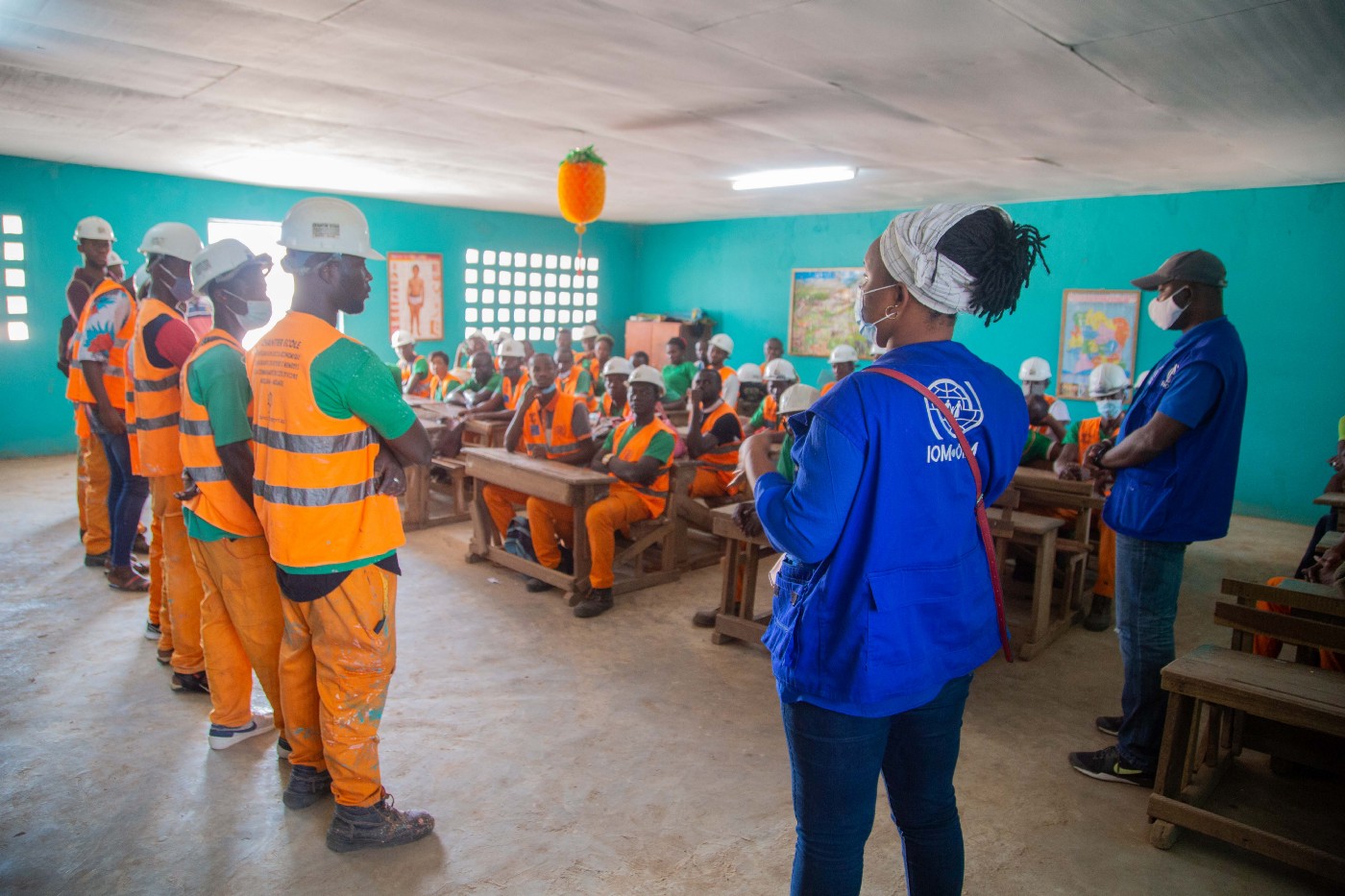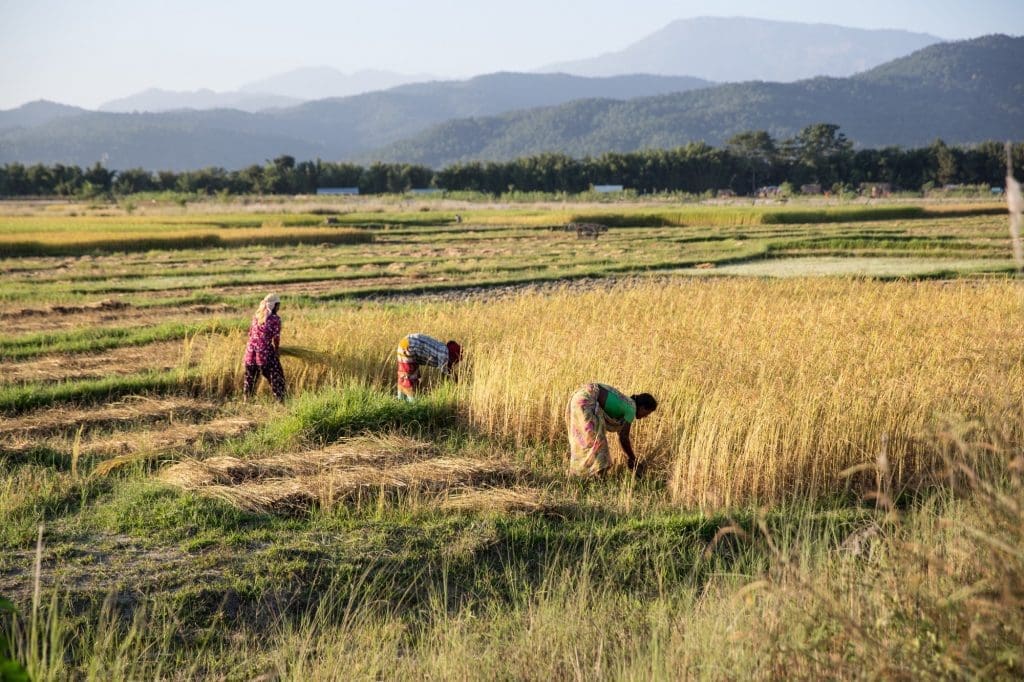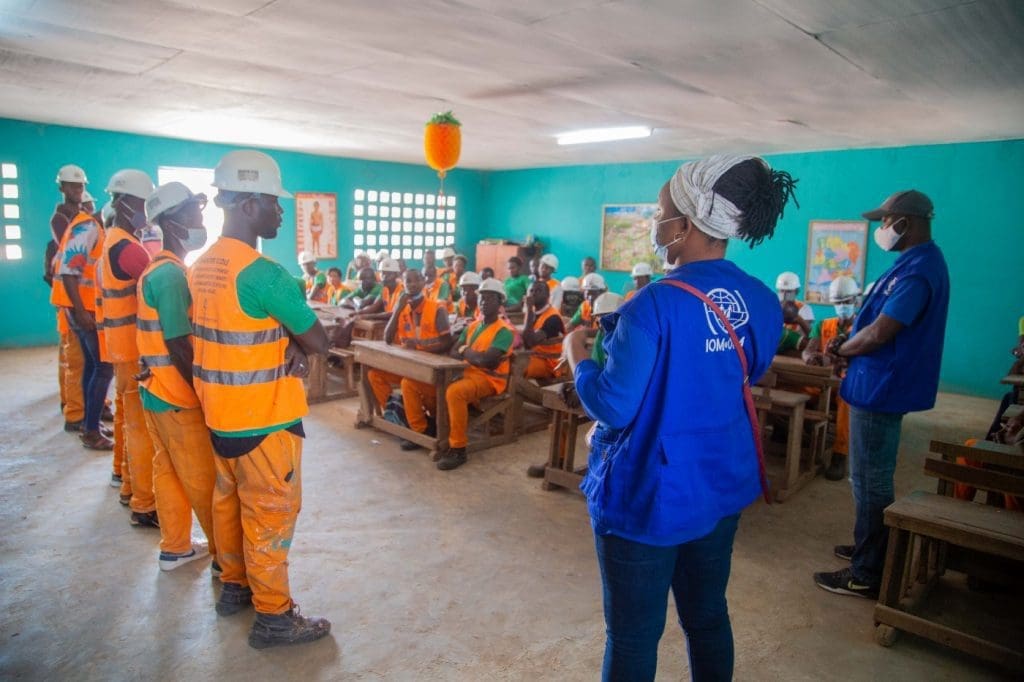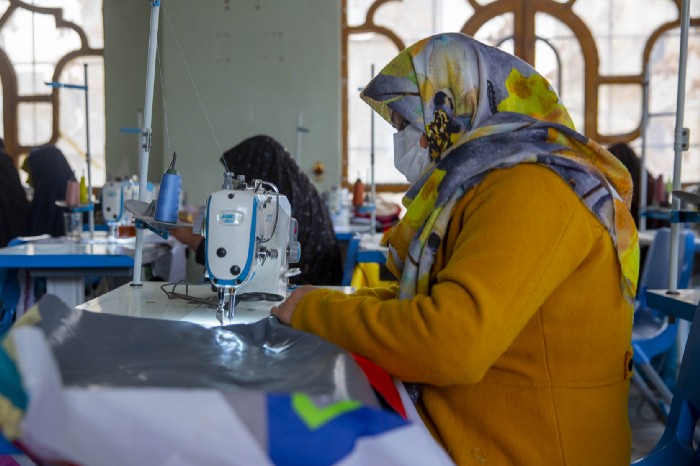
Strengthening the Interlinkages between Migrant Reintegration and Sustainable Development Programmes
IOM, 20 August 2021
The link between migration and sustainable development can be wide-reaching in scope. This can range from the contribution of migrants and diaspora to the sustainable development of their country of origin through financial and social transfers, to migrant workers’ contributions to economic, social, cultural and environmental dynamism in their host country and their country of origin upon their return. However, the link between sustainable development and migrant reintegration, has until recently received less attention.

Currently, there is growing recognition among practitioners that sustainable development impacts reintegration and that reintegration can under certain conditions impact sustainable development. Reasons and factors supporting this form the core of the newly released Knowledge Paper on “Fostering and Strengthening Interlinkages Between Sustainable Development and Reintegration Programmes” published by the EU-IOM Knowledge Management Hub, funded by the European Union.
The paper examines the interlinkages between these two fields with the aim of promoting engagement and coordination among practitioners and synergies among programmes. It does so by presenting a wide range of examples and case studies implemented by IOM, FAO and other United Nations agencies, the Deutsche Gesellschaft für Internationale Zusammenarbeit (GIZ) and governments, among others.

Connecting Reintegration and Sustainable Development in Practice
The influence of sustainable development on migrant reintegration is relatively clear. For instance, the availability of and access to services such as health, education, or social protection schemes, which constitute key aspects of sustainable development, are central factors in migrants’ social reintegration. At the economic level, livelihoods or employment opportunities are essential to foster returning migrants’ reintegration. The socioeconomic conditions are directly affected by environmental conditions, which are thus also key for migrant reintegration. Communities resilient to climate and environmental change and to land degradation offer an enabling environment for sustainable reintegration.
The impact of reintegration on sustainable development, on the other hand, is less immediately evident, and might be influenced by the conditions of return. Migrants who are ready to return and can prepare for it can contribute to local development with their skills, financial capitals and social networks or as social change makers. Conversely, ddeported migrants, migrants forced to return or those returning due to negative factors such as the COVID-19 pandemic may have more limited resources.
However, programmes and policies can still be designed and implemented in a way to maximize the potential positive impact of reintegration on sustainable development.
Chapter I of the Paper examines how interlinked interventions can contribute to addressing reintegration and development challenges, and needs at the individual, community and structural level. It describes the types of interventions reintegration and development programmes can carry out, for each level, to maximize their positive mutual impact.
Engaging stakeholders, strengthening coordination and mainstreaming sustainable development
Strengthening the interlinkages between reintegration and sustainable development requires the mobilization and involvement of a large range of actors, including local and national authorities and non-governmental actors, who are involved at different levels of development and reintegration policy and programming. Promoting a whole-of-government approach and a whole-of society approach and making sure that inter-institutional, cross-sectoral coordination and governance mechanisms are in place, are essential to ensure the anchoring of programmes in local priorities. For example, acknowledging this, the Government of Georgia has partnered with IOM to support the development and strengthening of a comprehensive migration governance system in the country. This led to the creation of the State Commission on Migration Issues, a mechanism to consolidate expertise on migration issues and support a coherent vision on migration policy as a whole.
Another way to maximize the mutual impact of reintegration and sustainable development is by designing and implementing appropriate policies, plans and programmes that integrate reintegration concerns into sectoral (e.g. labour, trade, education, health) and inter-sectoral policies and programmes, and likewise integrate sustainable development concerns into reintegration policies and programmes. Mainstreaming migration, including reintegration, into sustainable development policies and plans is an approach adopted for example by the Mainstreaming Migration into International Cooperation and Development project implemented by IOM and funded by the European Union.
Building resilience and new opportunities within communities
Upon return, returnees may face challenges due to lack of economic opportunities or lack of access to services while, conversely, communities might be already strained in resources to reintegrate them. Community-based initiatives have the potential to reinforce a community’s capacity and resilience to absorb returnees while addressing its main needs. They can thus contribute to producing conditions that are conducive to sustainable reintegration, as well as to sustainable development for the community at large.
In Afghanistan, for instance, IOM is adopting under the RADA (Reintegration Assistance and Development in Afghanistan) project an area-based approach to identify the challenges faced by communities and returnees. This approach enables planning economic development interventions related to production systems, value chain development, market linkages, and transportation systems, taking into account how spatial characteristics (e.g. transportation infrastructure, access to services and markets, road network) and economic areas (e.g. main production, processing and sales areas) are linked.

Exposure to the effects of climate change is an additional factor that highlights the interlinkages between reintegration and sustainable development. Interventions aiming to support communities’ adaptation to the impact of climate change and resilience to land degradation, and to reduce the risks related to natural hazards, can have a positive impact on communities’ sustainable development, while supporting migrants’ reintegration. Such interventions can also constitute economic opportunities for returnees and community members, as in Ethiopia where the Creating Livelihoods through Environmental Rehabilitation in Ethiopia project has supported community members and returnees rehabilitating severely degraded land through the construction of soil and water conservation structures, and provided them with seedlings and training to start income generating activities on the rehabilitated land.
Capitalizing on returnees’ development potential
Synergies between reintegration and development programmes have the potential to improve the individual support provided to returnees by increasing the range of options or the amount of support available to returnees in a variety of sectors, including livelihoods and employment, technical and vocational training, and access to basic services.
FAO and IOM, for example, have partnered to support the reintegration of migrants returning to West Darfur, in the Sudan, who rely on agriculture and livestock for their livelihoods. The partners’ interventions have supported returnees implementing their business plan in the agricultural sector, with IOM supporting the establishment of businesses and FAO providing complementary support in the provision of agricultural inputs such as machinery, seeds or fertilizers.
Programmes can also support returning migrants contributing to the sustainable development of their community and country of origin, for instance by enabling them to create jobs for the local population or to establish new services useful to the community. Programmes can encourage and facilitate the use of returnees’ financial capital for the sustainable development of their community and country of origin, for instance by implementing “1+1 schemes” whereby the amount invested in businesses by returnees is matched by programmes’ funds. They can also leverage returnees’ skills and facilitate returnees’ employment in key development-related sectors such as health and education. Under IOM’s Migration and Development for Africa programme, for instance, many experts have successfully transferred their knowledge and skills to build institutional and individual capacities in their countries of origin.
Original article here.
This article was written by the EU-IOM Knowledge Management Hub.